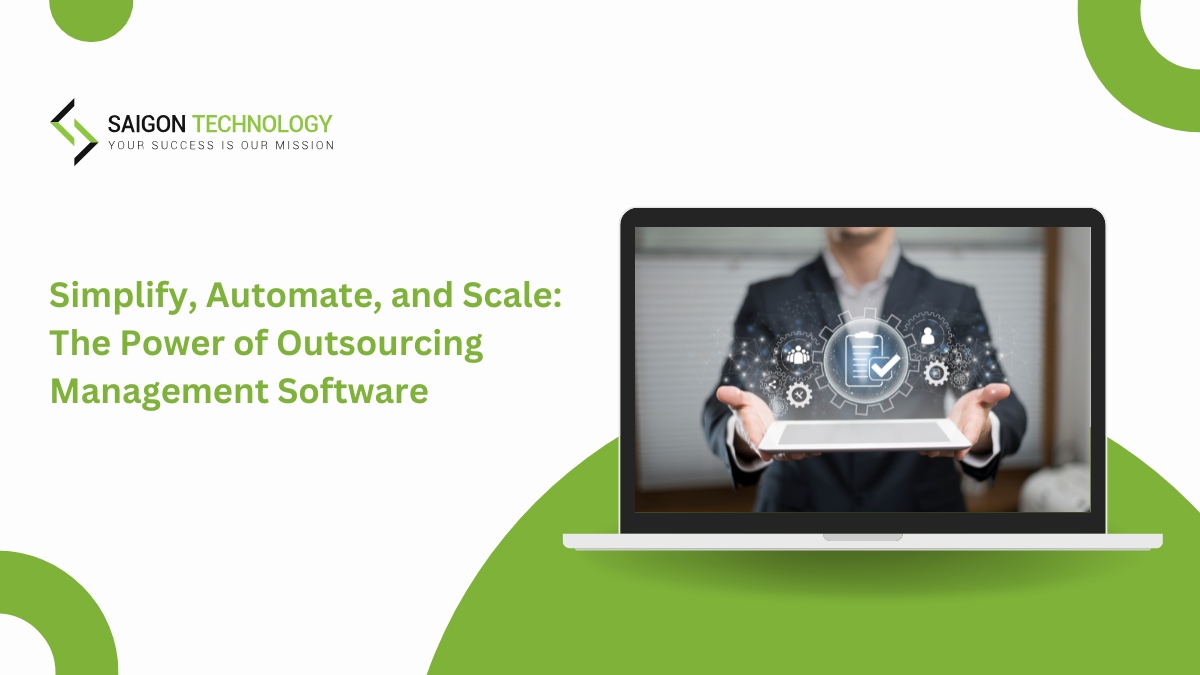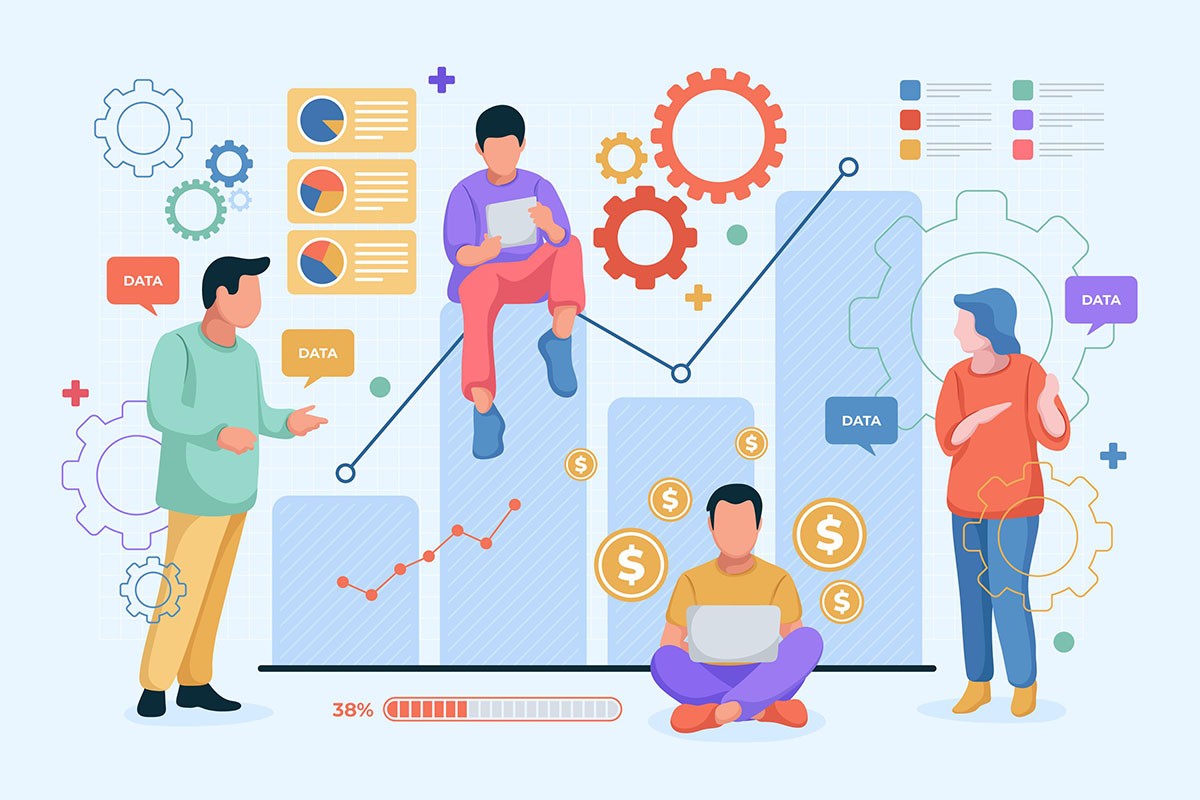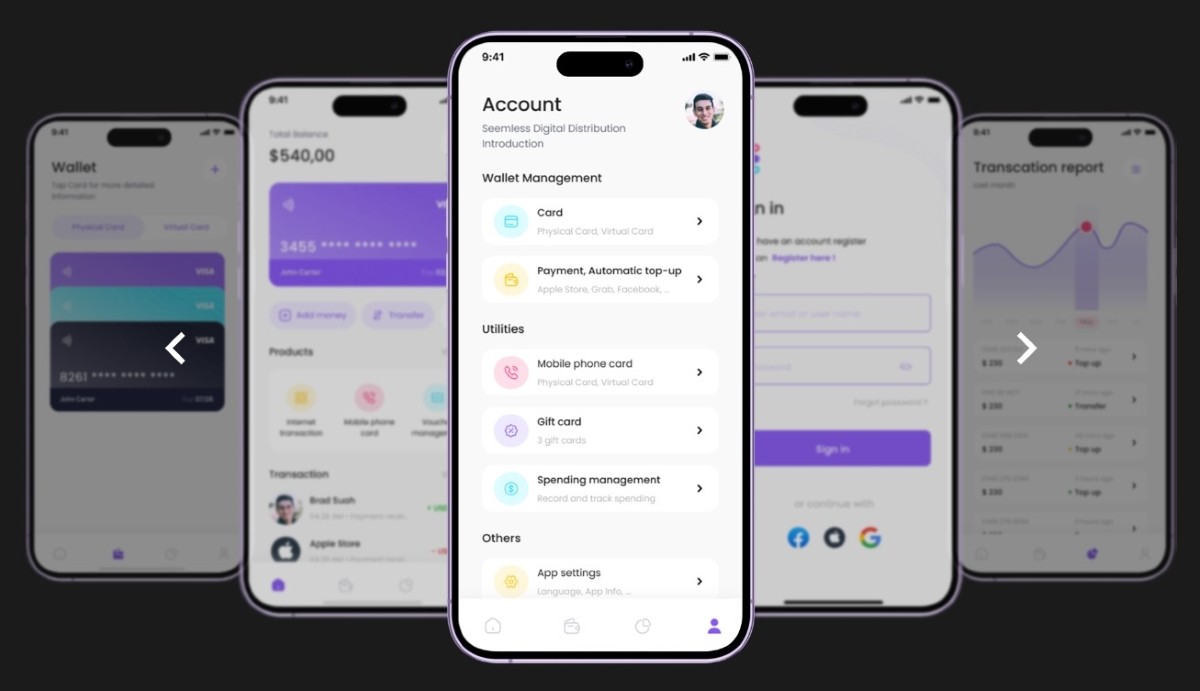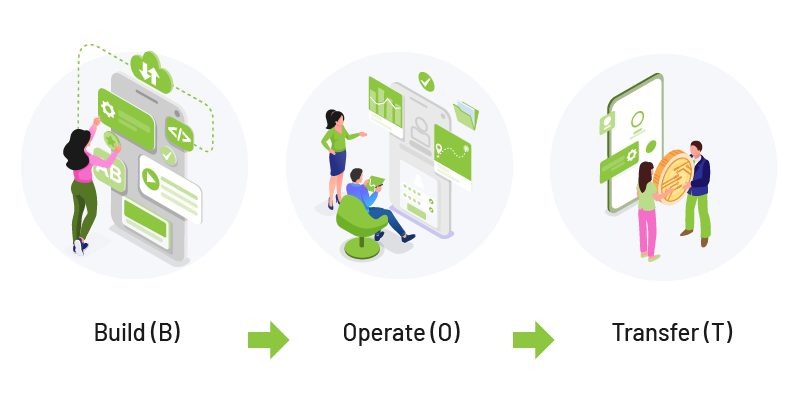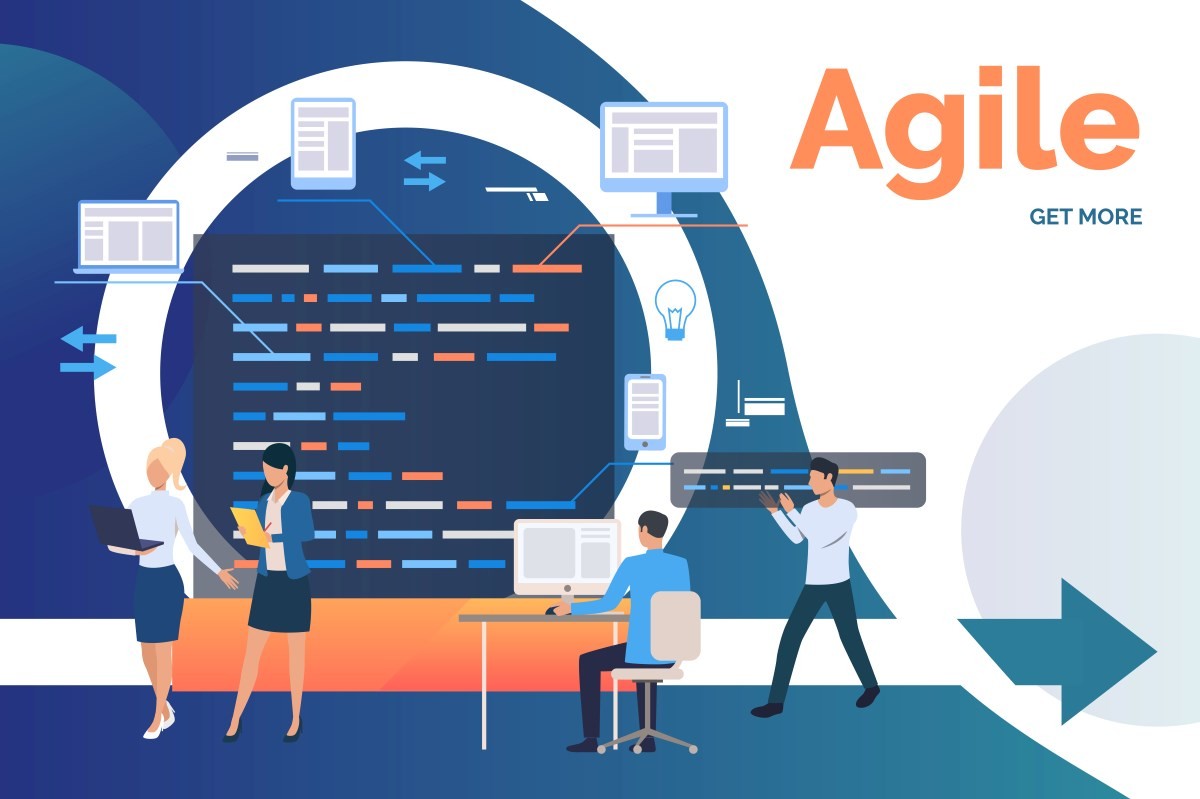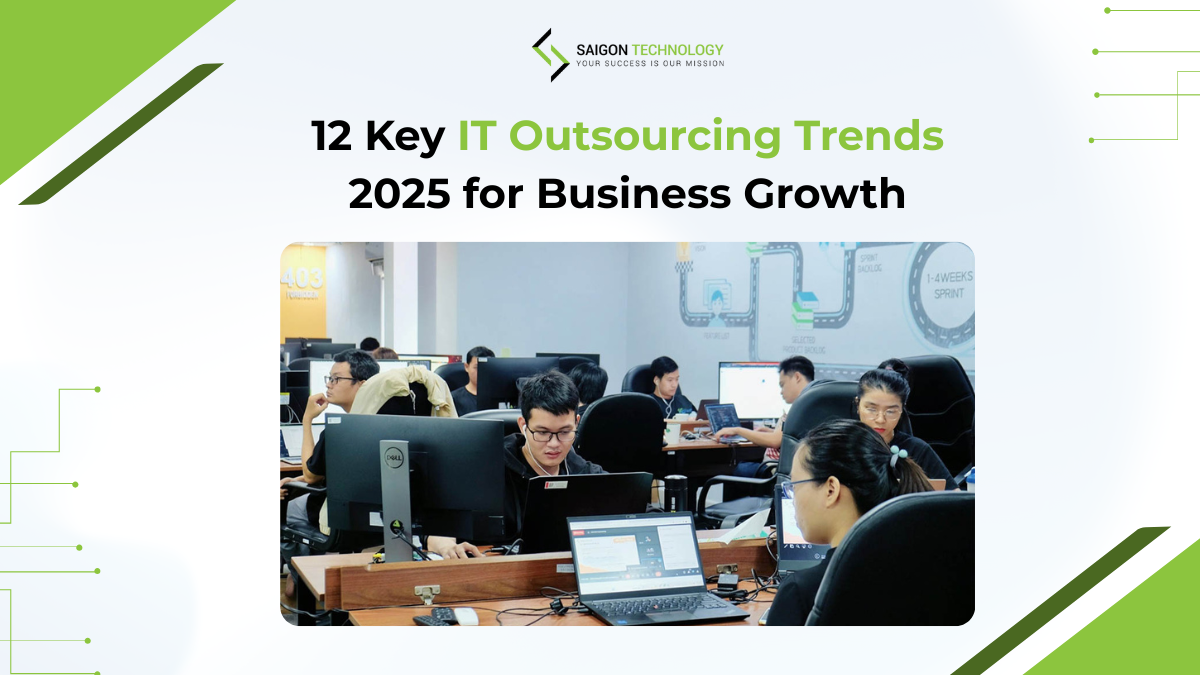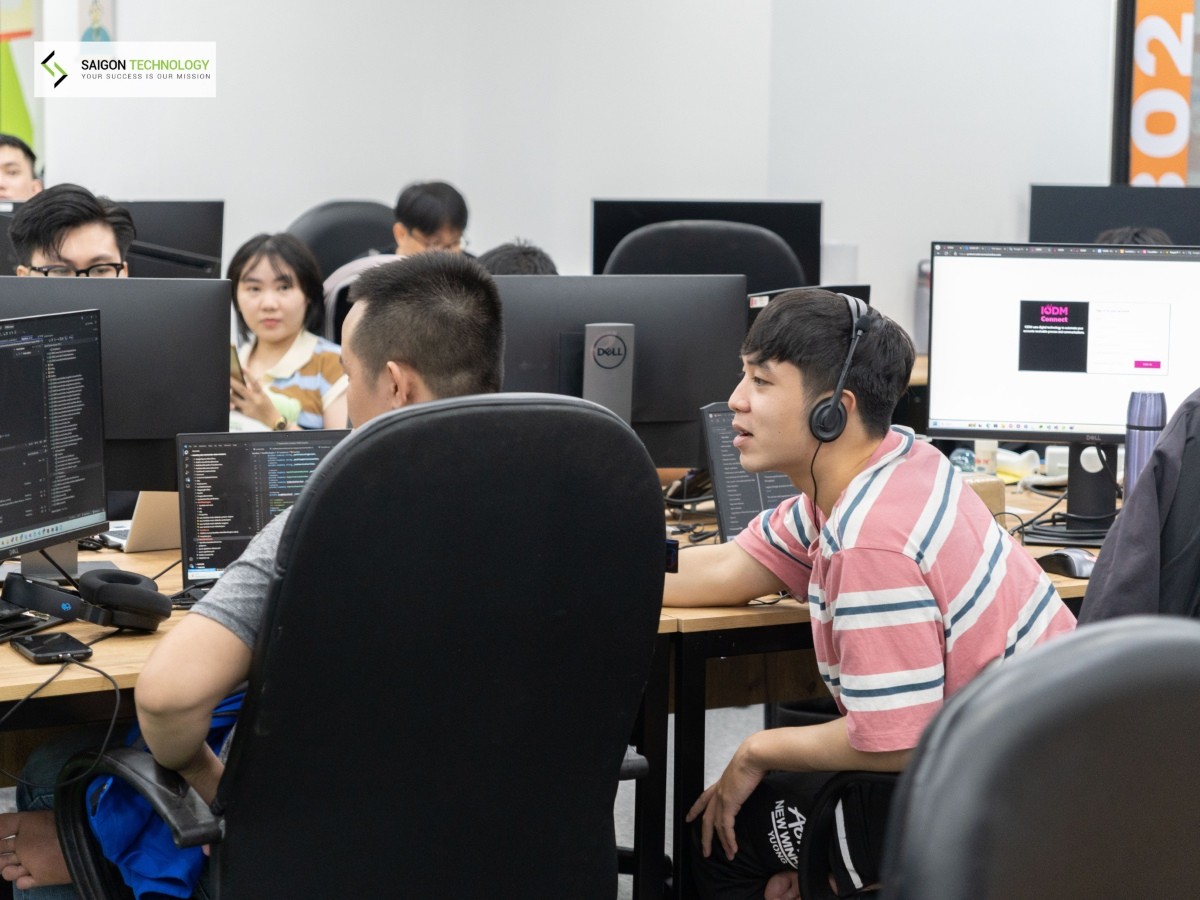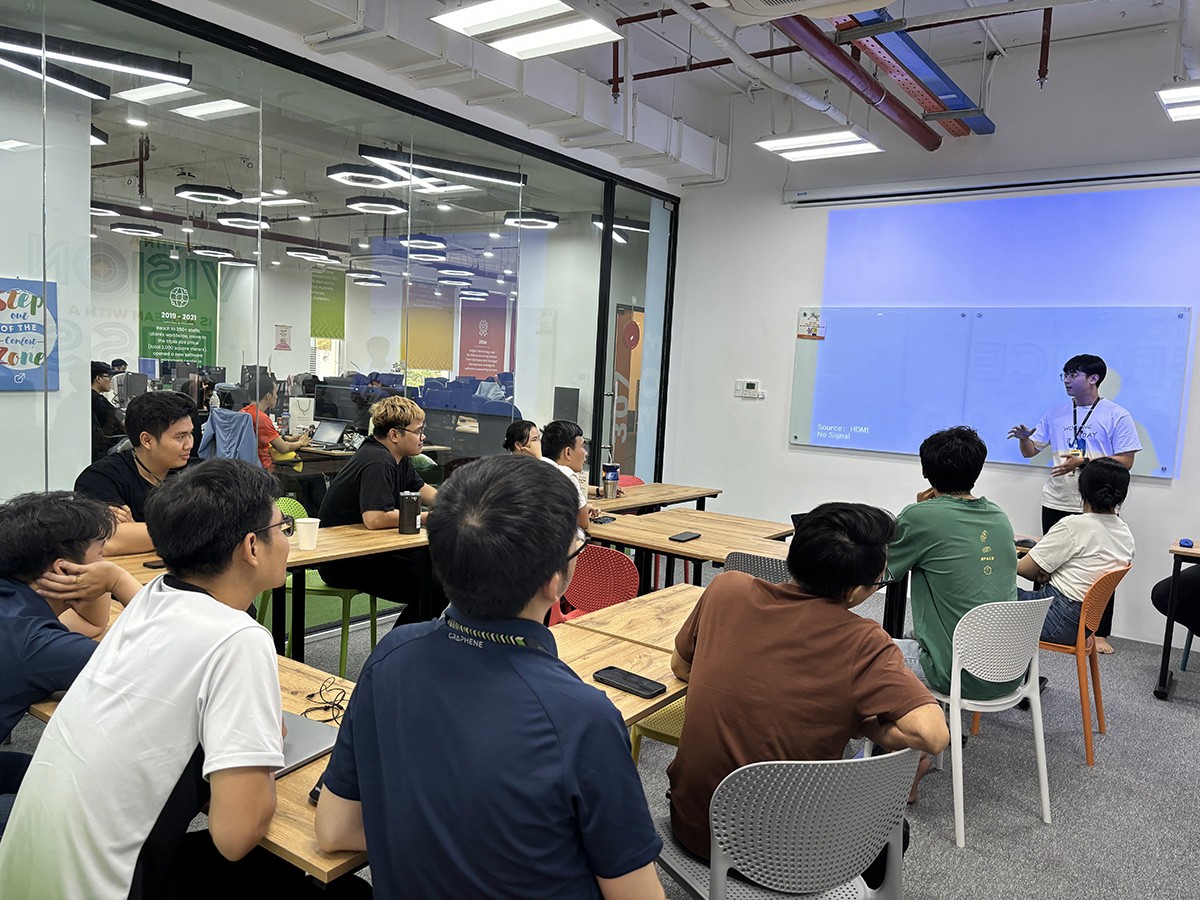Managing the complexities of software development outsourcing can be challenging for many companies. Without the right IT outsourcing software and solutions in place, companies can struggle with misaligned expectations. It might also lead to unwanted risks that can be difficult to mitigate.
This is where outsourcing management software comes in. Options like procurement automation tools provide a structured approach for overseeing outsourced operations. Also, it drives efficiency and accountability. Additionally, it enables smoother collaboration between in-house teams and external partners.
Outsourcing management software also lowers the level of risks in SLA compliance tracking and risk management in outsourcing.
Choosing the right vendor management system (VMS) is essential to overcoming outsourcing challenges. It will help your team progress toward successful project execution and completion.
Key Features of Outsourcing Management Software
Outsourcing management software is pivotal in optimizing the outsourcing process. As a result, it ensures that businesses can effectively manage their external partnerships. Listed in this section are key features highlighting this innovative product’s capabilities. We have also listed areas for improvement for each of the features.
1. Vendor onboarding and evaluation
Bringing new vendors into the ecosystem is the first crucial step in outsourcing. However, the manual onboarding process is often slow. They are also inconsistent and prone to compliance risks.
Outsourcing management software simplifies this by automating vendor onboarding and evaluation. In fact, the onboarding time is reduced by up to 70% with the right tool. The outcome of this ensures a structured and efficient approach.
Here is how the software streamlines onboarding:
– Automated background checks are done using AI-driven tools. These include SAP Fieldglass and Workday VMS, which help verify vendor credentials and certification. They also help check the past performance records. Thus, they reduce human effort to a huge extent.
– Advanced algorithms come in handy in assessing vendors based on financial stability and compliance history. This provides businesses with quantifiable risk assessment opportunities.
– Many platforms align with global regulatory standards. These are ISO 37500 (Outsourcing Governance) and SOC 2 (Security and Privacy Compliance). Both ensure regulatory adherence.
Yet, only a few platforms address regulatory compliance. And hence, it becomes critical for companies to track specific performance indicators. These include vendor response time and past work quality. AI-powered risk scoring can help managers make smarter decisions about which vendors to work with.
2. Contract lifecycle management
Software outsourcing contracts serve as the cornerstone of a successful partnership. This is because it defines expectations, deliverables, and risk-sharing mechanisms. Yet, managing contracts on manual terms is not an easy task. There are chances of inefficiencies, legal risks, and even missed renewal deadlines.
Contract lifecycle management helps with seamless contract handling. Here is how –
- AI-powered tools auto-generate contracts using predefined templates. This helps maintain standardization.
- Digital platforms facilitate faster approvals with e-signatures and workflow automation.
- Real-time monitoring ensures adherence to regulations like GDPR and SOC 2.
Yet, there is still room for improvement. Many systems fail to address legal challenges that pop up in outsourcing deals.
AI could play a bigger role here. Here are some examples of how this is made possible –
- AI can analyze contracts 40% faster and spot potential problems even before they occur.
- The inclusion of blockchain technology could make the contracts more secure and tamper-proof.
3. SLA tracking and compliance management
Service Level Agreements are essential components in the outsourcing model. They ensure that vendors meet agreed-upon performance standards. Tracking SLAs manually, however, can lead to mismanagement. There are also chances of disputes and penalties.
Thankfully, the real-time SLA monitoring and automated compliance enforcement feature of outsourcing management software come in handy here. Listed below are key SLA tracking capabilities –
– Real-time monitoring
Dashboards display vendor performance metrics against SLA benchmarks.
– Automated alerts
The software sends notifications when SLAs are at risk of being breached.
– Automated reporting
Businesses receive compliance reports that help enforce vendor accountability.
However, many firms don’t compare different tracking tools, including ServiceNow and Jira Service management, to find the best fit for their needs. The exciting part is that predictive analytics could spot potential SLA breaches before they happen.
4. Performance monitoring and analytics
Keeping track of vendors has never been easier. Outsourcing management software provides data-driven insights to help track vendor success and improve decision-making.
Here is an overview of how the software enhances performance tracking –
- Businesses get to compare vendor performance using standardized scoreboards based on KPIs.
- Real-time dashboards visualize key outsourcing metrics. These include turnaround time and issue resolution rates.
- AI models forecast future performance based on historical trends.
However, it is worth noting that not all systems connect well with existing company software like ERP and CRM systems. This limits their effectiveness.
Integration with major business intelligence systems like SAP or Oracle NetSuite could prove an excellent choice. They could provide a more complete picture of vendor performance.
Here is the best example:
– JPMorgan Chase uses large language models to detect business email compromise fraud. These models analyze email patterns and context to identify potential signs of compromise.
5. AI-driven risk assessment
With outsourcing, the risks of contract breaches increase substantially. Thankfully, AI-driven tools prove helpful in mitigating these issues. They identify potential red flags before they can escalate.
A robust outsourcing management software can assist with many aspects:
- Finalizing risk – Analyzing vendor solvency and past financial health.
- Operational risk – Evaluating disruptions in service delivery.
- Compliance risk – Ensuring adherence to industry regulations.
However, many platforms have limited transparency on how their machine-learning models actually work. Tools like IBM OpenPages and Risk Cloud can use AI to calculate risk scores. They analyze past vendor data to predict potential failures.
Also, their real-time alerts come in handy in helping companies address problems on time rather than reacting after things go wrong. Thus, it helps reduce vendor failure rates to a huge extent.
6. Automated invoicing and payments
Managing vendor payment manually comes with a lot of risks. Delays, errors, and compliance issues are a few of those. 68% of businesses come across errors in 1% or more of their invoices. These are the results of wrong amounts, data entry mistakes, and so on.
Thankfully, outsourcing management software streamlines a lot of things. First of all, it automates invoicing, ensuring accuracy. This, in turn, enhances the financial security of your firm for good.
Here are some key features of automated invoicing –
– E-invoicing and AP automation
Electronic invoicing streamlines accounts payables or AP processing. This, in turn, reduced manual effort to a huge extent.
– Fraud Detection
AI-powered algorithms can identify duplicate or suspicious accounts. Thus, they prevent fraud.
– Payment Reconciliation
Automated reconciliation ensures that the payments match contract terms. Thus, they prevent discrepancies and errors by 50%.
But again, blockchain isn’t an embraced technology by many platforms. This is why there are security concerns. Such systems also struggle with international payment challenges like cross-border taxes.
Adding blockchain technology secures financial transactions. This helps in reducing the fraud risks. In fact, such platforms adhere to IFRS 15 (Revenue Recognition Standards) to handle cross-border taxation and compliance.
Benefits of Using Outsourcing Management Software
By now, you are familiar with the features of vendor management software. Let us navigate towards the many perks it has for your business in this section –
1. Cost savings and efficiency
Outsourcing management software trims operational costs in several clever ways. These include –
– Automation of manual process
There is a lot of manual work involved in traditional outsourcing management. For instance, you are required to evaluate vendors and track contracts. You also need to process invoices and ensure compliance. These tasks need dedicated personnel. And we all know that humans are prone to making errors.
With automation, thanks to outsourcing management software, the administrative overhead is reduced. The overall costs are significantly lowered, too.
– Optimized vendor selection
Choosing the wrong outsourcing partner is, of course, an expensive affair. You might lose money due to inefficient service delivery and quality issues. Even hidden costs could be a culprit here.
Advanced outsourcing management platforms use AI-driven vendor evaluation. This helps them assess potential suppliers based on KPIs. These include past performance, compliance rates, and so on.
This means you minimize the risk of selecting costly, underperforming vendors. You end up working with partners who deliver optimal value.
– Error reduction in payment and invoicing
Invoice errors and duplicate payments are two main reasons behind unnecessary financial losses. Manual invoicing is often prone to overpayments and whatnot. With automated invoicing and AI-powered fraud detection, you can maintain accurate processing. This will result in preventing payment discrepancies for good.
Let us understand this benefit with some stats.
As per Boston Consulting Group, 54% of leaders anticipated AI to help them with cost savings. Among these, 50% wished for savings of more than 10%. They aim to do so via productivity gains in customer service, IT, and operations.
2. Improved vendor accountability
Managing many vendors across different regions presents a wide range of challenges. And without proper oversight, the chances of delayed projects and subpar service quality increase, too. You may even become liable to financial penalties due to SLA breaches.
Outsourcing management software enhances vendor accountability. It does so by introducing structured monitoring, automated alerts and even real-time analytics.
Here is how it strengthens vendor accountability –
– Performance scorecards
AI-powered performance scorecards provide businesses with real-time vendor ratings. These include contract fulfillment and deadlines. The other KRAs may include service quality and customer satisfaction.
- Vendor receives objective, data-driven performance scores. This ensures accountability.
- Underperforming vendors can be flagged for corrective action or contract negotiation.
– Automated SLA tracking
Penalties and expensive service interruptions result from an SLA violation. Software that tracks SLAs automatically makes sure that suppliers fulfill their half of the bargain. They do so by sending alerts if performance metrics deviate from agreed terms.
- Proactive alerts notify stakeholders when SLAs are at risk.
- Historical SLA data analysis helps businesses adjust vendor relationships. They also help negotiate terms.
– AI-based risk detection
AI-driven risk models can detect early signs of underperformance and financial instability. They can even sense compliance violations. How? Well, through the analysis of vendor performance trends over time.
As a business owner, you can take pre-emptive actions. That way, you can prevent vendor failures before they impact operations.
3. Data Security and Compliance
Outsourcing often involves handling sensitive company data. Thus, it makes security a critical concern. Also, failing to meet data protection regulations can result in costly fines. It could cause reputational damage, too. Even potential data breaches can be serious concerns.
Outsourcing management software ensures regulatory compliance. It also enhances security measures to safeguard business data.
Key compliance features –
– ISO 27001 and SOC 2 compliance
Many outsourcing management platforms align with global security frameworks. The idea here is to ensure vendors follow proper data protection measures.
- ISO 27001 is a globally recognized standard for information security management.
- SOC 2 compliance ensures that service providers handle data securely.
– Automated data encryption and access controls
Unauthorized access to sensitive data is a major risk in outsourcing. With AI-driven encryption and role-based access control, you can prevent unauthorized persons from handling critical data.
- Multi-factor authentication secures access to vendor portals.
- End-to-end encryption protects contract and financial data.
– Real-time compliance monitoring
Tracking compliance obligations across many vendors becomes a struggle. AI-powered compliance monitoring provides real-time alerts on potential regulatory violations. It also helps with missing documentation and data security risks.
Without a tech solution, you can be exposed to various security vulnerabilities. Working with non-compliant vendors may lead to issues of data breaches. This can compromise the working relationship. Poor documentation and inability to meet global data protection norms can lead to hefty fines. Not using software can also result in insecure file-sharing practices. This raises the risks of unauthorized file access and likely legal disputes. Cloud-based outsourcing platforms mitigate these risks to a great extent.
4. Real-time Reporting and Dashboards
Once the outsourcing engagement is on, you need to be in total control. For this, you would need to know about operational intelligence in real-time. Advanced reporting platforms will convert raw data into actionable insights. With this, the leadership team can make strategic decisions that enable maximum ROI from the outsourcing arrangement.
This way, the software will get rid of information delays and offer continuous visibility into outsourced operations. In turn, it will help you optimize vendor relationships to a great extent.
You can look forward to many benefits of real-time reporting and dashboards, such as –
Instant Vendor Insights
Access live performance metrics across all outsourced operations. This way, you can quickly detect quality issues and productivity bottlenecks. You also come to know about compliance concerns without waiting for end-of-month reports.
Predictive Analytics
Here, you can leverage AI-powered trend analysis to power up VMS capabilities. You can apply machine learning and AI to learn about vendor performance and risk assessment. It also helps you come up with a viable list of vendors as backups to ensure business continuity.
Smooth ERP and CRM Integration
You can deploy a unified and cohesive data ecosystem by integrating the software with existing ERP and CRM. The result is that you can carry out detailed vendor analysis. Plus, you get to better correlate vendor performance with internal metrics and C-SAT scores.
Comparison of Leading Outsourcing Management Software
Before you select software, you need to know your options. There are five prominent choices.
| Software | Description | Pricing Model | Best for |
| SAP Fieldglass | This is a comprehensive vendor management system. It streamlines the process of procuring and managing external workforces. These include contingent labor and services. | Subscription-based | Large Enterprises |
| Kissflow Procurement | A cloud-based procurement solution. It helps automate purchasing processes, vendor management, and even purchase order workflows. It has customizable features that adapt to varying business needs, too. | SaaS | Small to Medium businesses (SMBs) |
| GEP Smart | This AI-powered, unified procurement platform covers the entire source-to-pay process. These include spend analysis, sourcing, contract management, and even supplier management. | Subscription-based | Enterprises of all sizes |
| Gatekeeper | A cloud-based vendor and contract management solution. It is designed to provide visibility and control third-party relationships. It also features automated workflows and compliance tracking. | SaaS | SMBs and mid-market companies |
| Workday VMS | The vendor management system is integrated within the Workday suite. It focuses on managing contingent labor. It also has features like talent sourcing, onboarding, and compliance management. | Subscription-based | Medium to large enterprises |
How to Choose the Right Outsourcing Management Software
It is not easy to select outsourcing management software now that there are many options at aid. But you still take a tactical approach. It will help you find one that fits your budget, requirements, and more!
1. Business size and complexity
Not all outsourcing software is built the same. What works for a multinational corporation may not be the best fit for a startup.
As a large enterprise handling global vendor networks, you need AI-driven, highly scalable platforms. They must have strong compliance tools, too.
As an SMB owner, stick with a cost-effective, intuitive solution that streamlines vendor tracking. That, too, without excessive complexity.
2. Key software features
To maximize the efficiency, ensure the chosen software includes features like –
- Vendor tracking and risk scoring using AI-powered insights for better decision-making.
- Built-in frameworks for ISO 37500, GDPR, and SOC 2 for proper compliance management.
- SLA monitoring and enforcement that prevents service interruptions by sending automatic alerts.
- Predictive data to enhance the performance of vendors.
3. Integration capabilities
Your current tools must work well with the outsourcing management software you want to buy. It must smoothly connect with your ERP systems, including SAP, Oracle, etc.
It should also work with CRM tools like Salesforce or Hubspot and HR systems like Workday or Bamboo HR.
Good integration keeps duplicate work at the bay. It also helps keep the information flowing smoothly between systems.
4. Cost vs. value
Never focus just on the initial cost of the system. It is imperative to examine its ROI over time, too. For instance, you save a lot of money in efficiency gains by investing in an expensive platform. How?
Advanced automation features of top-notch systems can lower the cost of manual labor. Errors in invoices and overpayments can be avoided with real-time reconciliation. In a similar vein, upholding regulatory requirements might help you avoid compliance fines.
5. User reviews and market reputation
Real user experiences tell important stories. So, check reviews on trusted platforms like G2, Capterra, Gartner Peer Insights, and so on. Look at the patterns of feedback and not just isolated reviews.
Reliable performance is indicated by strong satisfaction ratings across several platforms. Make sure to give companies in your industry and size particular attention.
Future Trends in Outsourcing Management Software
The outsourcing environment is evolving at a fast pace. A major factor in determining its future is technology. Listed below are a few key trends that may drive the next generation of outsourcing management software –
Here is what might happen down the line –
– AI-driven vendor selection
It is evident from the details listed above that AI is influencing how businesses select and evaluate vendors. With AI in front and center, of course, inefficiencies will go down.
AI will become responsible for automated vendor scoring and machine learning-based risk detection. It might also help with intelligent contract matching based on historical success rates, pricing models, and service levels.
– Blockchain for contract security
Smart contracts powered by blockchain technology are revolutionizing contract management in outsourcing. In the future, there may be –
- Tamper-proof agreements
- Smart contracts that auto-trigger payments and penalties based on predefined SLA conditions.
- Real-time audit trails
– Predictive analytics in outsourcing
Businesses are now shifting from reactive vendor management to proactive decision-making. This is only possible because of predictive analytics. This technology uses historical data and AI models to forecast –
- Potential SLA breaches
- Cost overruns and budget optimization
- Vendor performance trends
Conclusion
Outsourcing management software is no longer a luxury. It is a necessity! This is especially true in the case of businesses aiming to simplify operations. Also, firms that wish to automate workflows. Using this innovative approach that is also AI-driven, companies can cut costs. Plus, they can improve vendor accountability and mitigate risks.
Key takeaways from this blog –
– AI-powered tools streamline a lot of things. These include vendor onboarding, contract management, and even invoicing. Thus, it cuts administrative expenses to a huge extent.
– Data-driven decision-making enhances vendor management.
– Businesses must adopt outsourcing platforms that prioritize data security and compliance enforcement.
When choosing the best software for outsourcing, first determine your business size. Next, assess your specific needs. Based on that, choose a platform that helps rectify the concerns you have on hand.

